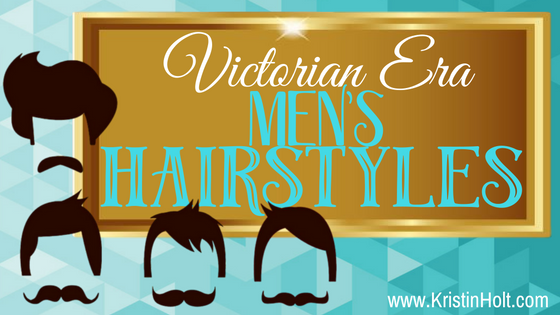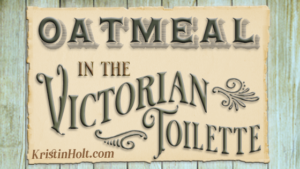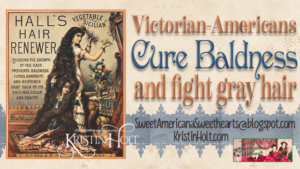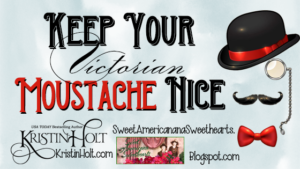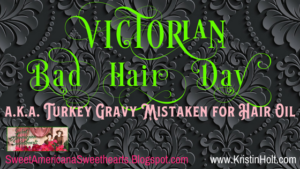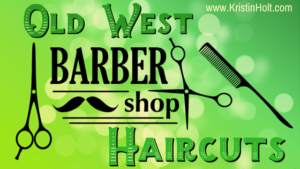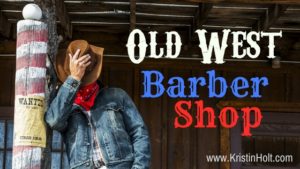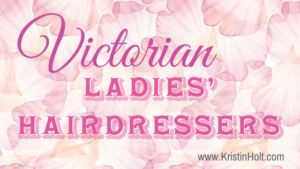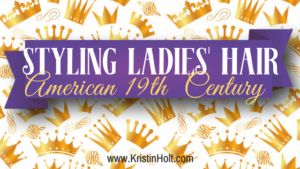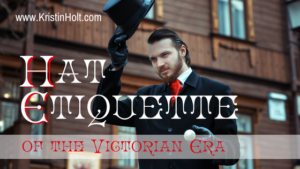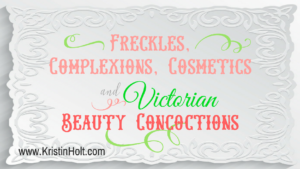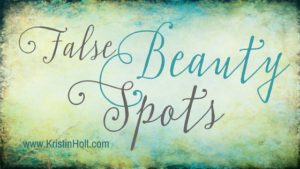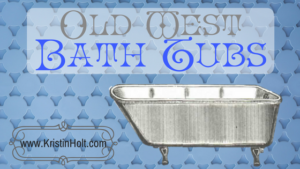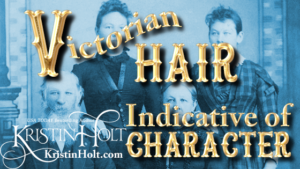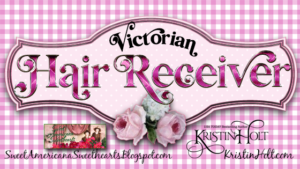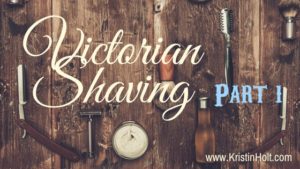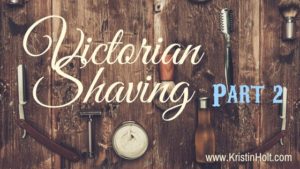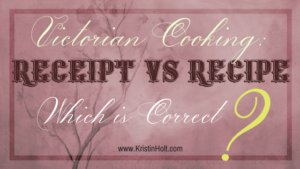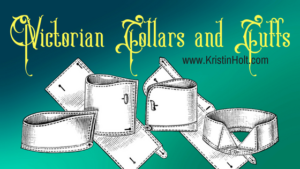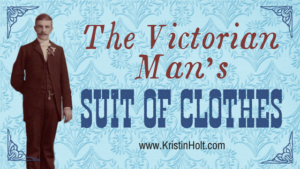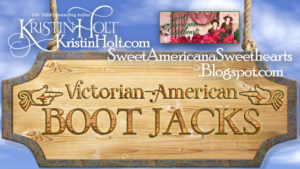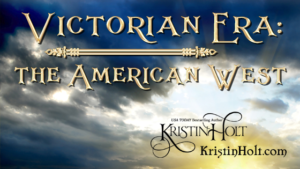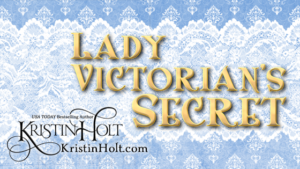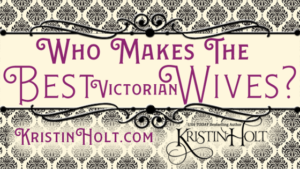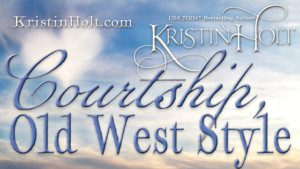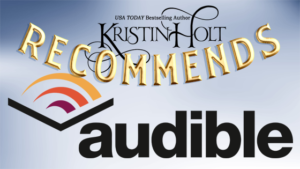Victorian Era Men’s Hairstyles
Victorian Era Men’s Hairstyles
.
A Preview of Victorian Hairstyles for Men
.
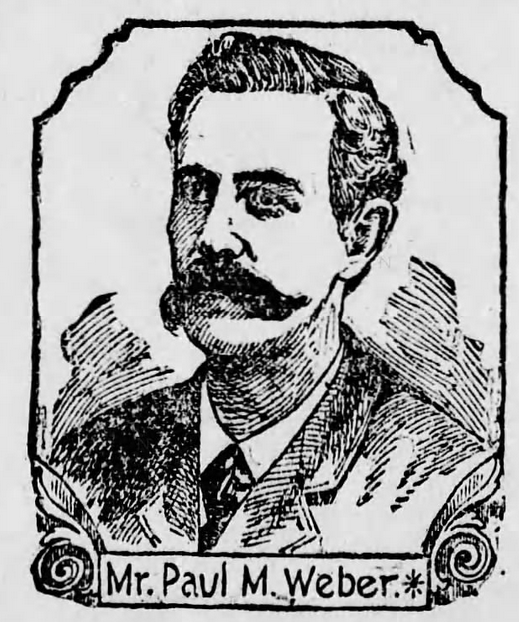
Engraving of Mr Paul M. Weber published in The Scranton Republican of Scranton, Pennsylvania. November 9, 1894. Head-and-shoulders image shows his side-part and full, long mustache with shaved chin.
.
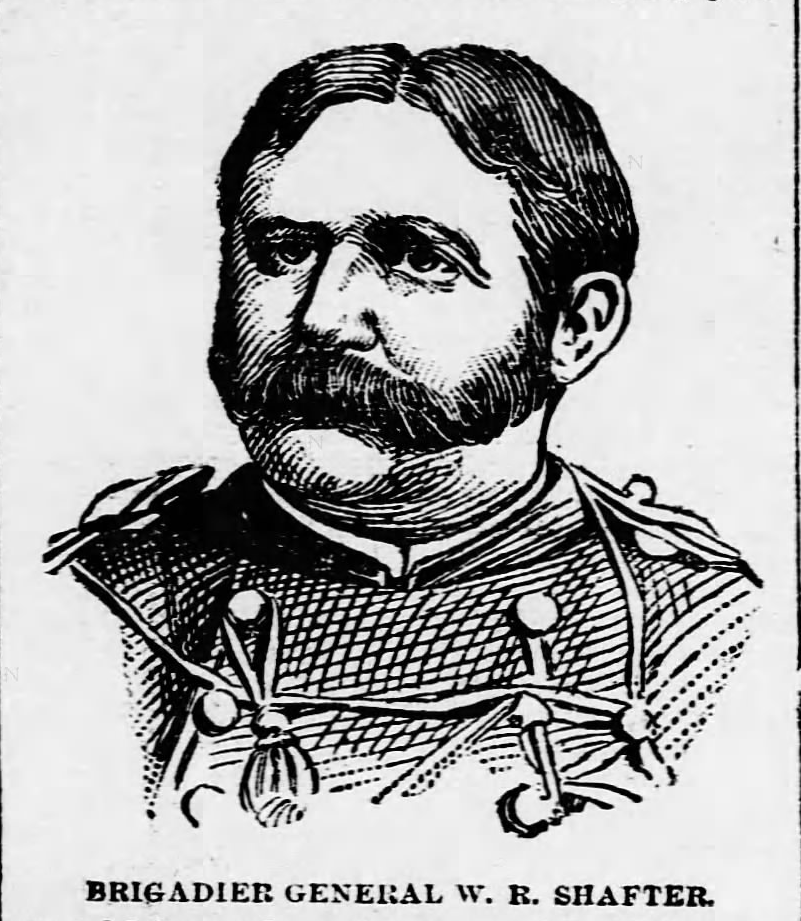
Image: Brigadier General W.R. Shafter published in Harrisburg Telegraph of Harrisburg, Pennsylvania. April 28, 1897. Etching of Shafter shows middle part in his hair, and a full mustache connecting to sideburns, leaving chin shaved.
.
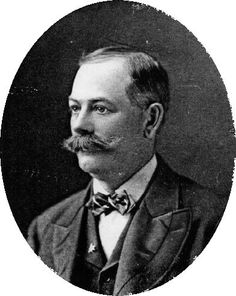
Vintage photograph circa 1900. The man’s hair is parted on the side, cut above the ears, and wears a full mustache.
.
19th Century Men’s Hairstyles according to Bridgeford
.
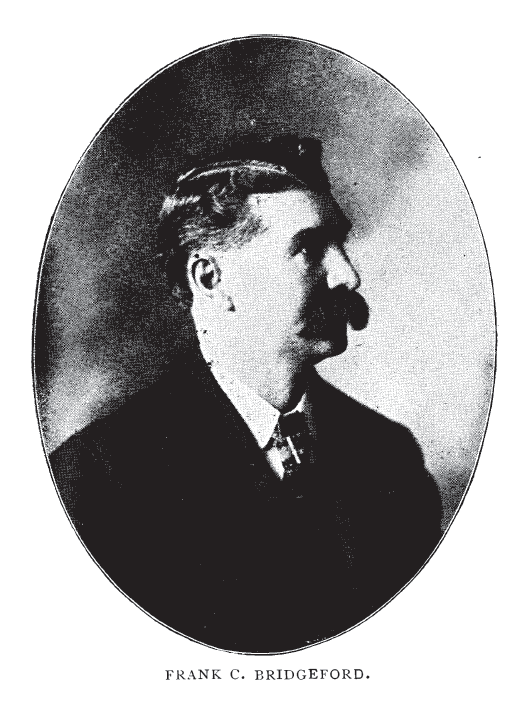
Frank C. Bridgeford. Photograph from his book Bridgeford Barber Instructor and Toilet Manual, published in 1900. Note the precise and lengthy part in his hair, the shape of his haircut and the heaviness of his mustache. All are characteristic of men’s styles at the turn of the century.
.
Keep in mind the alternate definition(s) of “toilet“:
.
the process of washing oneself, dressing, and attending to one’s appearance: “her toilet completed, she finally went back downstairs”
.
.
.
INSTRUCTIONS ON HAIR CUTTING
.
In cutting hair there are no deffinent [sic] names settled on as to the different styles of hair cutting. Each supply house gets out a hair plate of its own. I herein introduce thirty-six different styles, which will be of great advantage to patrons to select from. I find that the best success is attained by cutting the hair according to the customer’s wishes, regardless or style plate or names.
It has been my purpose to dispense with clippers as much as possible in teaching hair cutting, as I find that when a new student commences to cut hair; it is so much easier to cut with the clippers that he wishes to use them all the time; which is a very bad habit.
.
In cutting hair it is always advisable to leave as much hair on the customer’s head as possible. Trim it up nicely with the shears, so that the barber can get him again as a customer. For example, if he should cut the hair with the clippers in the spring, it would probably be the only hair cut that he could get from that man during the season.
While if he trim sit around the neck and ears he would possibly get to trim that man’s hair as often as once a month, right along, and he would also get it dirty, and it would have to be shampooed much more frequent than if he cuts the hair close with the clippers all over the head. It would be no trouble, for him to wash his hair every time he washed his face, therefore, the barber would loose [sic] the chance of Sea Foam or Shampoo.
.
~ Barber Instructor and Toilet Manual, published 1900, pp 22-23
.
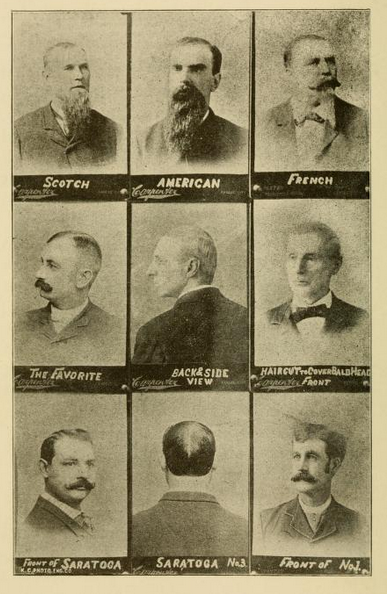
Men’s Hairstyles, Image 1, from Barber Instructor and Toilet Manual (1900)
.
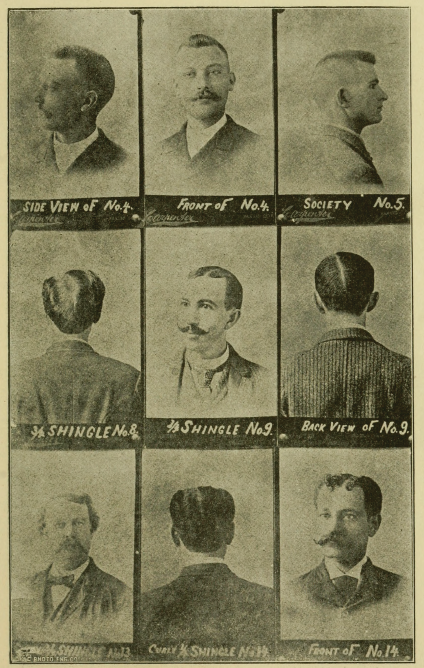
Men’s Hairstyles, Image 2, from Barber Instructor and Toilet Manual (1900)
.
Note: See how far back a man’s part extends in these style plates, published in 1900. As most cabinet cards show a man’s profile or the front of his face/head, it’s surprising to learn the hairstyles of the day show this style.
.
Note that in image 4, below, the last two images (bottom right-hand corner), the style is named “horse shoe” and the shape of the man’s part may be from whence the name comes.
.
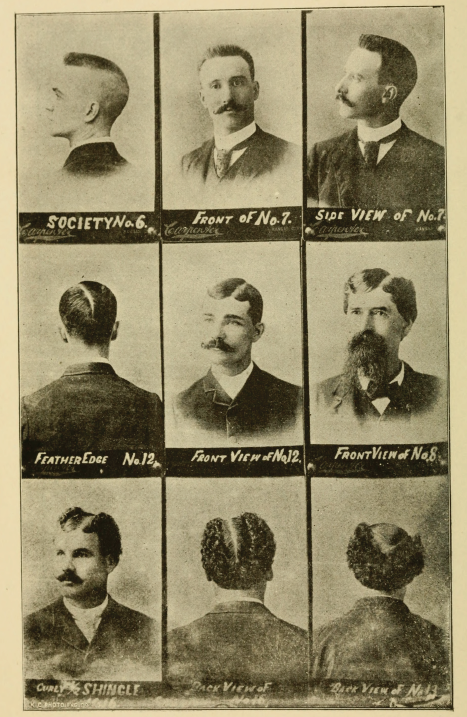
Men’s Hairstyles, Image 3, from Barber Instructor and Toilet Manual (1900)
.
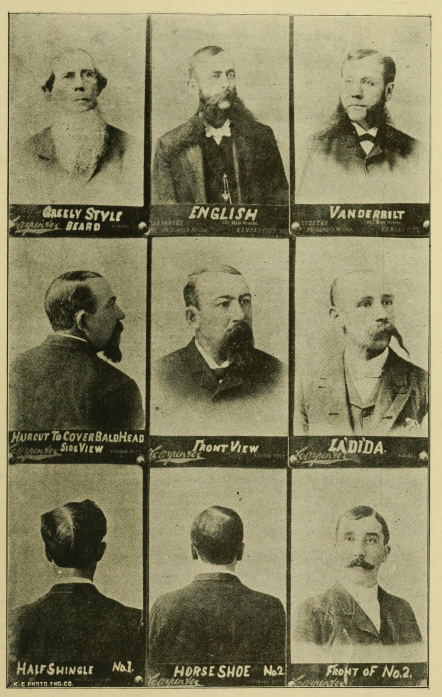
Men’s Hairstyles, Image 4, from Barber Instructor and Toilet Manual (1900)
.
Bridgeford’s Revised edition of his Barber Instructor and Toilet Manual was published in 1904. Technically, a few years beyond the conclusion of the Victorian Era. Yet according to many, the cut-off between Victorian and Edwardian was soft, flexible, and essentially the same.
.
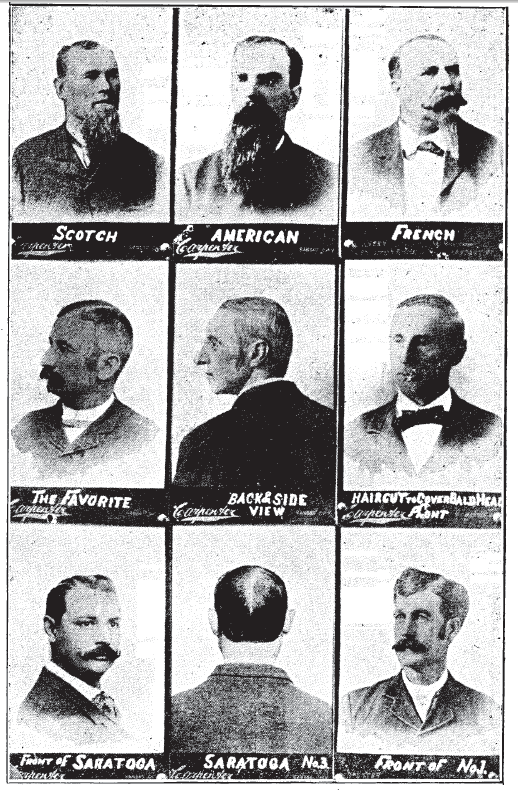
Men’s hairstyles, Style Plate, from Bridgeford’s Revised Barber and Toilet Instructor Manual, 1904.
.
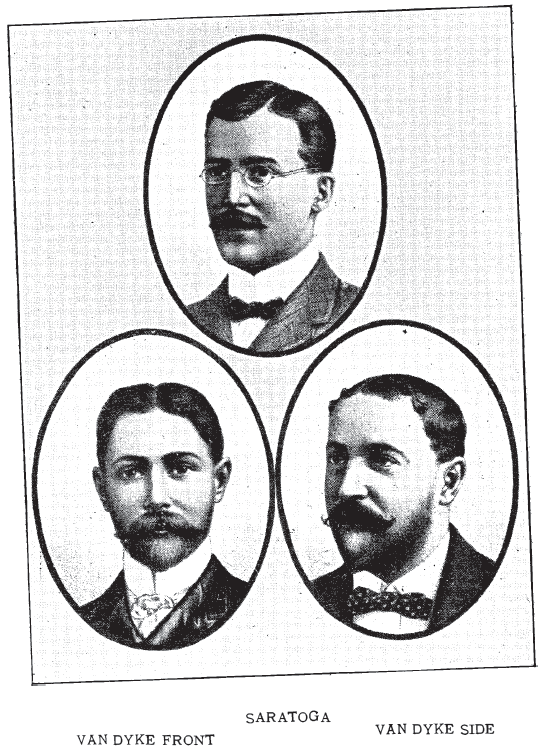
Van Dyke and Saratoga hairstyles for men, from Bridgeford’s Revised Barber and Toilet Instructor Manual, 1904.
.
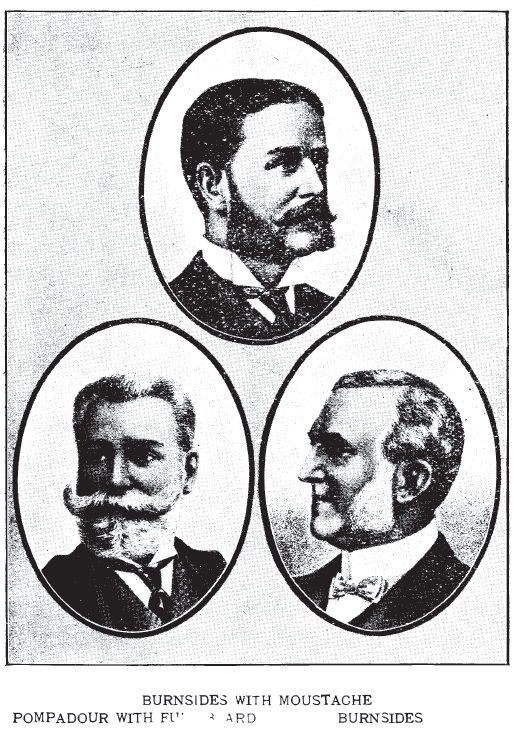
Pompadour and Burnsides, moustache with burnsides. (Interesting–I’ve always heard of “sideburns” rather than “burnsides”), from Bridgeford’s Revised Barber and Toilet Instructor Manual, 1904.
.
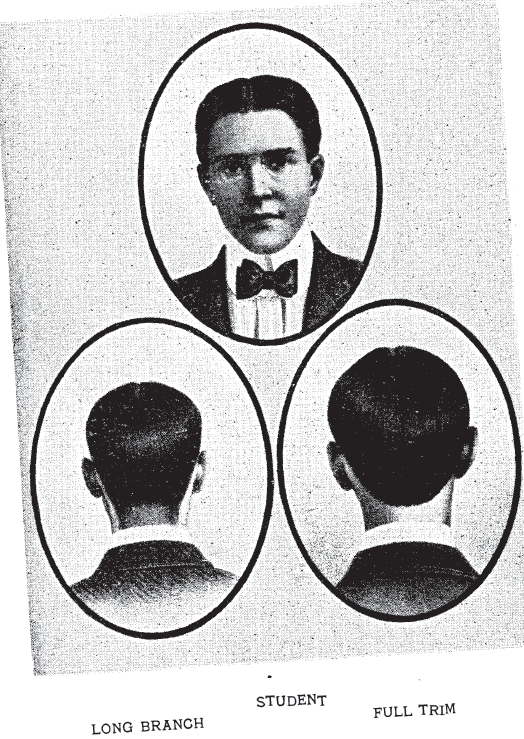
“Long Branch” hair style, full trim for male “students.” From Bridgeford’s Revised Barber and Toilet Instructor Manual, 1904.
.
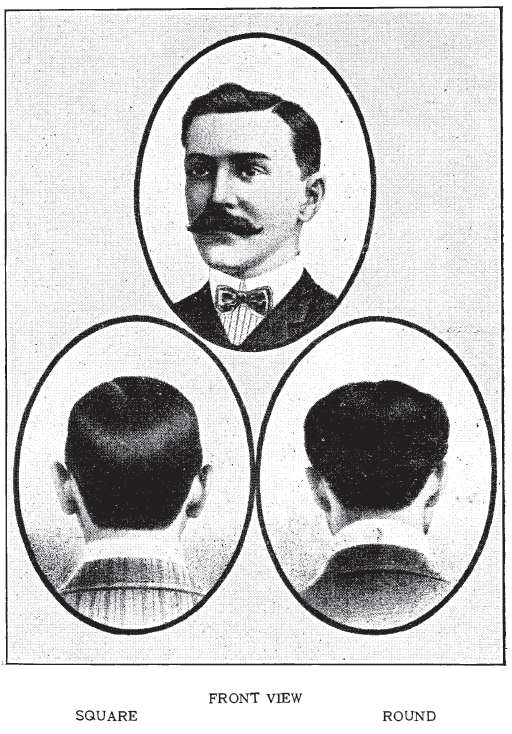
Men’s hairstyles. Note the “square” and “round” images for the back of the hair at the nape. From Bridgeford’s Revised Barber and Toilet Instructor Manual, 1904.
.
How did Victorian Era Men’s Hair Stay in Place?
.
Styling products. Some things never change.
Except where the styling products come from.
.
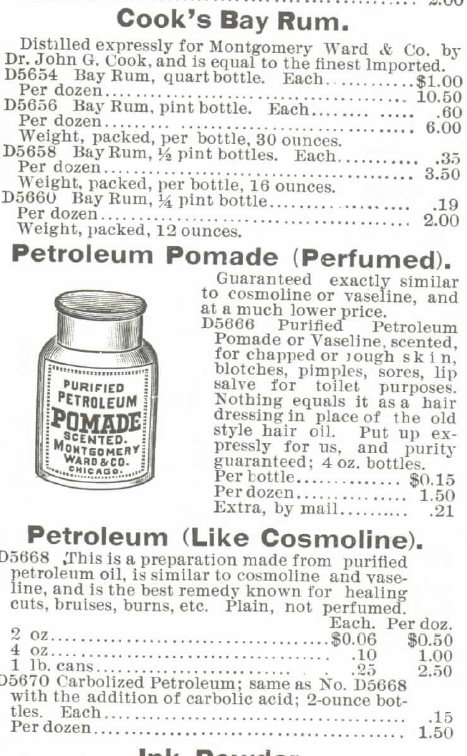
Cook’s Bay Rum and Petroleum Pomade (perfumed) (“guaranteed exactly similar to cosmoline or Vaseline) and Petroleum Oil, for sale as hair styling products in Montgomery, Ward & Co. 1895 Catalogue.
.
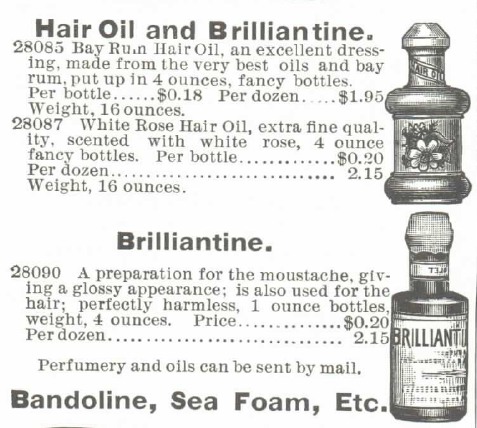
Hair Oil and Brilliantine for sale in Montgomery, Ward & Co. 1895 Catalogue.
.
In the nineteenth century, barbers used receipts (recipes) and made it themselves. I’m sure druggists made gunk too.
.
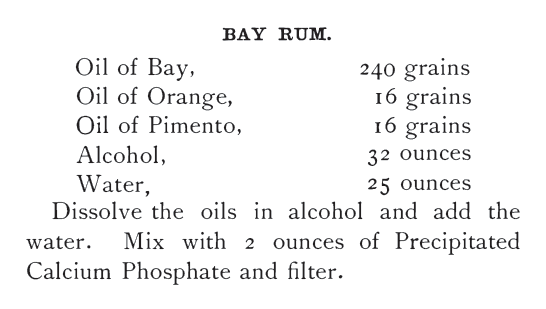
Bay Rum Receipt (recipe) from Barber Instructor and Toilet Manual, published year 1900.
.
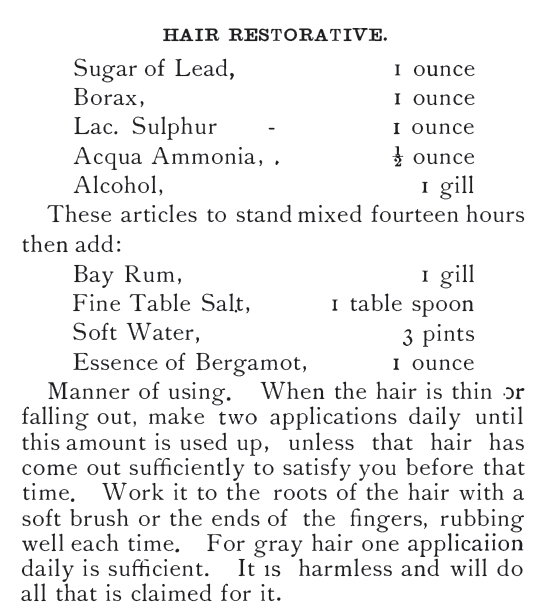
Hair Restorative Receipt (recipe) from Barber Instructor and Toilet Manual, published year 1900.
.
.
Victorian Men’s Hair: MACASSAR OIL
.
“A kind of oil formerly used by men, to make one’s hair shine and lie flat.”
.
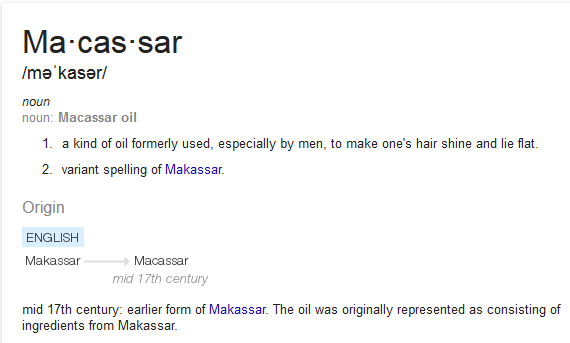
Macassar Oil, defined by Google.
.
Macassar oil was prevalent used and caused damage to furniture. So creative women combated the problem with needlework. They crocheted, tatted, hand-stitched or embroidered “antimacassars.”
Antimacassars? Doilies affixed to fine furniture to spare it from the oil on a man’s hair and thus on his hands.
.
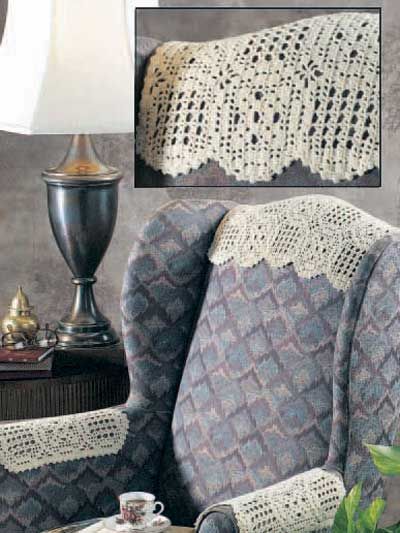
Antimaccassars. Photo: courtesy of Pinterest.
.
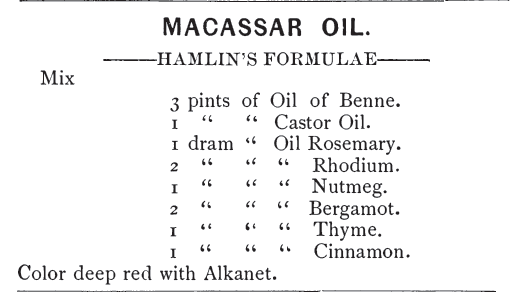
Macassar Oil Receipt (Recipe), from Goodwin’s New Handbook for Barbers, published in 1884 (and now in public domain), page 11.
.
.
Related Articles
.
.
Updated June 2021
Copyright © 2016 Kristin Holt LC
Victorian Era Men’s Hairstyles

